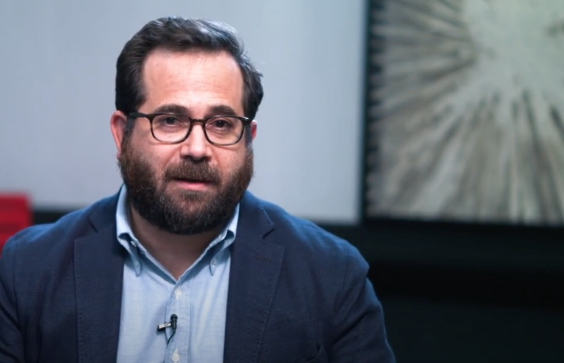
This case features a 52-year-old male patient with a history of alcoholic cirrhosis complicated by portal hypertensive changes. The patient was referred by a colleague for consideration of EET.
“The straightforward decision to ablate or not ablate is not that straightforward. TissueCypher helped us to reassure a patient who is very anxious about this diagnosis.”
Case details

- No relevant family history
- Not obese
- Chronic GERD for many years
- PPI 40mg once daily
- Former smoker

- History of GERD, well-controlled with PPI
- History of alcoholic cirrhosis, complicated by portal hypertension
- Patient significant anxiety regarding BE, referred for consideration of EET

















.jpg)



